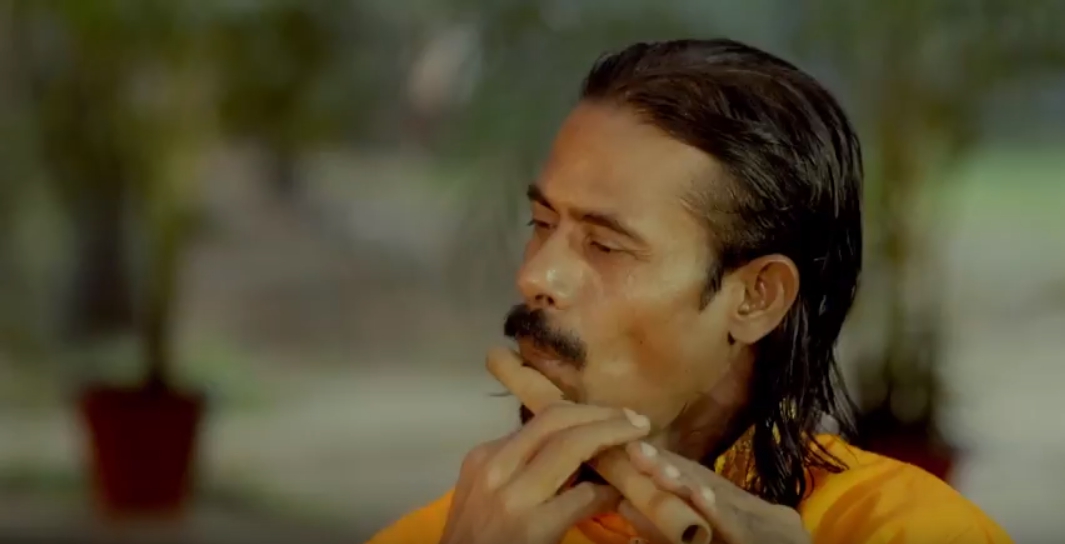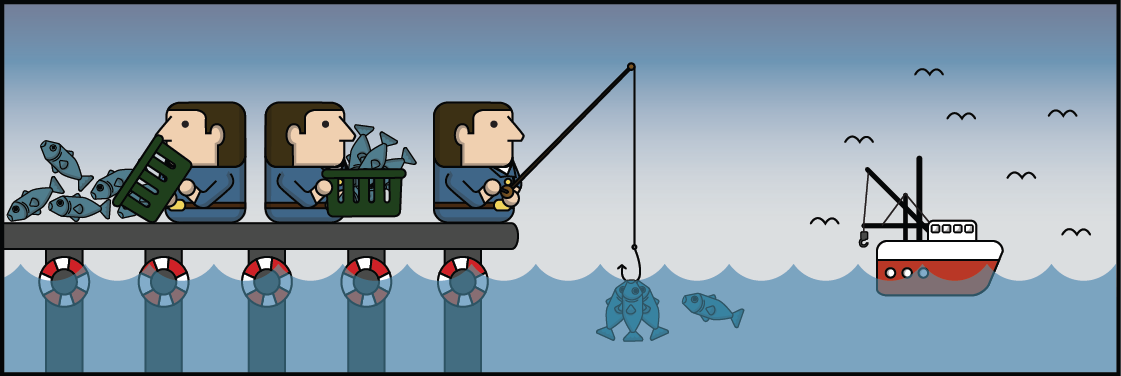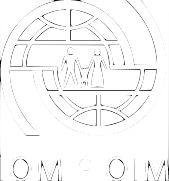Migration for men and women – is their experience any different?

Remember seeing the images below of Cambodians leaving Thailand following the coup d’état in June 2014?
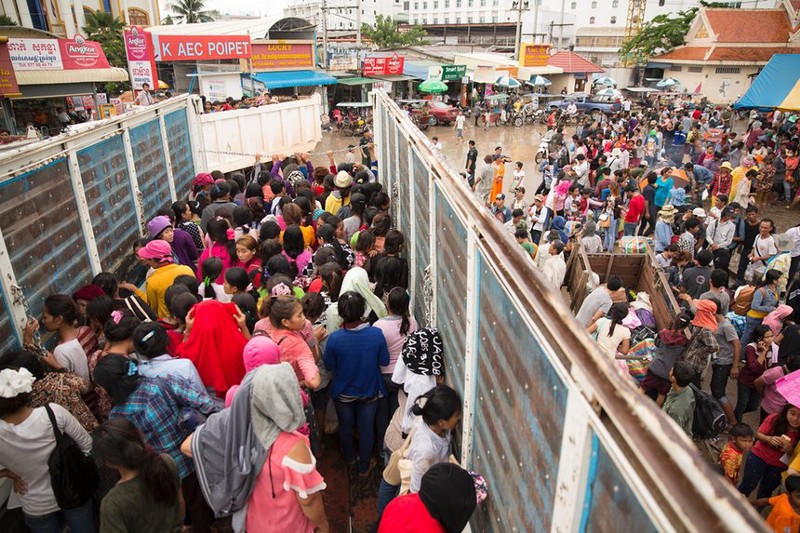
Photo Credit: The Guardian https://www.theguardian.com/global-development/2014/jun/18/-sp-cambodian-thailand-migrant-workers-flee
More than 250,000 Cambodian migrants crossed the border at the time due to fears of arrest. IOM Cambodia conducted interviews with 667 of these returning migrant workers to better understand their migration experiences (before, during and after moving to another country).
It was discovered that more than 80% of the respondents had entered Thailand irregularly without travel or employment documentation.
There was also a correlation of those not possessing a passport, visa or work permit and the increased likelihood of not receiving wages, not being able to access healthcare and being detained by immigration.
Interestingly, differences between male and female migration processes, experiences and vulnerabilities emerged, including:
- Female migrants were twice as likely to have no education at all compared to male migrants. However, education levels did not have any impact on variables related to safe migration, such as receiving wages, migrating irregularly, being detained by detention authorities and health concerns.
2. Male migrants had significantly higher incomes than female migrants prior to departure in Cambodia, as well as in Thailand.
3. “A better income” for men and “No income at all” for women were the top reported reasons to leave Cambodia. This might indicate that women face more barriers to finding a job in Cambodia.
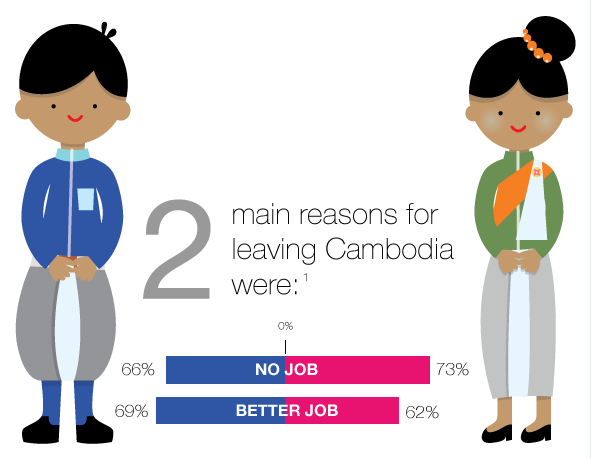
4. Women were more likely to be accompanied by their spouses or family members during migration, whereas men more often migrated alone or with friends.
5. Men were twice as likely as women to be detained by government authorities during migration. Migrants in the fishing sector were also significantly more likely to be arrested.
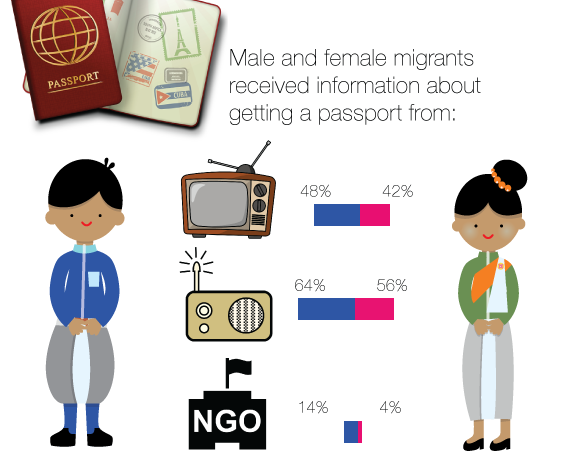
6. Men and women both received information about passport procedures and employment opportunities.
However, men were more likely to get their information from NGOs, private agencies and public sources, whereas women were more likely to receive this information from government sources.
This indicates a need for Cambodian Government and NGOs to consider how they are designing their outreach activities and what more can be done to reach and engage with women.
A report on these findings was written by IOM Cambodia and IOM X. It recommends developing simplified, affordable and efficient procedures for obtaining travel documents, including empowering Commune Council leaders in source communities to disseminate this information and set up migrant information centers for aspirant migrants and families left behind to inform them of the benefits of safe migration and of their rights in potential host countries. To read the full report, click here.
Editor’s choice

Where are they now?: Joey, Philippines
In 2015 when IOM X was just a few months old we brought together 20 youth leaders from all 10 ASEAN countries in Bangkok for the IOM X ASEAN Youth Forum. The goal was to connect with amazing young people who were passionate about social change and the issue of human trafficking and to share … Continue reading “Where are they now?: Joey, Philippines”

Where are they now?: Joey, Philippines
In 2015 when IOM X was just a few months old we brought together 20 youth leaders from all 10 ASEAN countries in Bangkok for the IOM X ASEAN Youth Forum. The goal was to connect with amazing young people who were passionate about social change and the issue of human trafficking and to share … Continue reading “Where are they now?: Joey, Philippines”

